The Jewish Dancer Undressed Slowly. Then She Shot an SS Soldier to Death
The Jerusalem Ballet is paying tribute to Franceska Mann, a Polish dancer who put on her last performance en route to Auschwitz’s gas chamber
Dancers of the Jerusalem Ballet are performing “Memento – Franceska Mann’s Last Dance at Auschwitz.”
There are a few versions of what occurred during the final moments in the life of Franceska Mann, a Jewish dancer living in Poland. Given that everyone who witnessed the incident, on October 23, 1943, is no longer alive, we will probably never know what really happened.
Mann, who was 26 at the time, arrived at Auschwitz that day on a transport of 1,800 so-called VIP prisoners from Bergen-Belsen in Germany, who had been lured into thinking they were en route to freedom as part of an exchange for German POWs ostensibly organized by the Allies. The Germans promised that Auschwitz was merely a stop on the way to Switzerland, but the women among the group soon found themselves being led to the gas chambers.
According to one version of events, Mann undressed slowly, using seductive dance movements. First she lifted her skirt. Then she removed her blouse, and leaned against a pole to remove her high heels. The SS soldiers standing across from her didn’t know how to react. Mann exploited their confusion, took off one shoe and threw it hard at one of them, hitting him in the forehead; the soldier began to bleed and collapsed. Mann jumped on him, stole his weapon, and shot him to death. Two other Nazis were wounded by the gunfire.
Franceska Mann, also known as Lola Horowitz, was born in Poland in 1917.
Another account described a Nazi officer standing in front of Mann and ordering her to strip completely. When she refused to remove her undergarments, he yelled at her. In response, she took off her bra, threw it in his face, and jumped on him. In the chaos that ensued, she managed to grab his pistol and shoot him.
The other women who were about to meet their death were apparently spurred to attack the SS men surrounding them. According to one version, the camp commander, Rudolf Höss, was even summoned to the scene. In any event, the women’s fate was sealed; many were shot to death on the spot and whoever survived was gassed.
The Nazi officer who was by all accounts shot to death in the incident was Josef Schillinger, a butcher in civilian life who had enlisted in the SS in 1939 and was dispatched to Auschwitz. There, he was in charge of the men’s kitchen at Birkenau and later of the Jews who arrived in transports at the train platforms and were sent to the crematoria. Eyewitnesses described Schillinger as a sadist, and he was mentioned in one of the testimonies at the trial of Adolf Eichmann in Israel.
Unprecedented tribute
It looks like any sleepy American suburb, but it has a dark Nazi history
When a black German woman discovered her grandfather was the Nazi villain of 'Schindler's List'
My aunt had a dinner party, and then she took her guests to kill 180 Jews
Seventy-six years have passed, but few people have ever heard of Mann, even though she could easily have become a hero and a symbol. Perhaps her story sounds too far-fetched; perhaps it was simply shunted aside by the many other stories of heroism and horror in the Holocaust.
But on September 1, the 80th anniversary of the outbreak of World War II, Mann will return to center stage for a few hours. The Jerusalem Ballet will be staging the world premier of “Memento – Franceska Mann’s Last Dance at Auschwitz,” at the Suzanne Dellal Center, in her memory; a second performance will be held at the Jerusalem Theater on September 7.
Dancers of the Jerusalem Ballet are performing “Memento – Franceska Mann’s Last Dance at Auschwitz.” “Mann proves that not all the Jews went to the gas chambers like sheep to the slaughter.”
The Jerusalem troupe, whose artistic director Nadya Timofeeva choreographed “Memento,” will for the first time present Mann’s life story, from her early days on stage and her life in lively Warsaw, through the Nazi invasion, her expulsion to the ghetto and her death at Auschwitz. The tribute will feature 12 Jerusalem Ballet performers, who also starred in Timoveeva’s “Fiddler on the Roof,” last year.
The decision to tell Mann’s story through dance, Timofeeva tells Haaretz, stemmed from the connection she felt toward the all-but-forgotten Mann as a woman, a Jew and a former ballerina.
“After the success of ‘Fiddler on the Roof,’ I was looking for a Jewish theme, because I realized that the audience identifies with those themes,” said the choreographer. “At first I thought about ‘Schindler’s List,’ but when I saw the movie I realized it wasn’t for me. I didn’t feel that story. I looked for something I could relate to.”
Then, when Jerusalem Ballet director Marina Ne’eman mentioned Mann’s story, “I knew that was exactly what I needed,” Timofeeva said. “Her character, as it emerges in her life story, is very similar to every dancer’s character. She thought there was no situation that would lead her to give up her dream” – and that is why Mann fought to the very last minute, she added.
Rehearsals of Jerusalem Ballet's “Memento – Franceska Mann’s Last Dance at Auschwitz.”Credit: Leonid Khromchenko
Mann’s story also excited Timofeeva because it represents the strong Jew who refuses to yield even when it’s clear that his or her fate is sealed: “Mann proves that not all the Jews went to the gas chambers like sheep to the slaughter.”
Timoveeva began her historical research for the performance with a Google Search, in which she found material about the “striptease at Auschwitz,” as some sources dubbed the incident. She discovered that various accounts of Mann’s story exist in different sources, including at the Yad Vashem archives. One of the most important testimonies was that of Filip Mueller, a Holocaust survivor who served in a Sonderkommando unit assigned to the Auschwitz gas chambers, who later wrote a book entitled “Eyewitness Auschwitz: Three Years in the Gas Chambers.” In one chapter Müller describes how “one single pistol in the hands of a weak woman created a panic among the SS men,” who he says fled the scene when Mann opened fire.
David Wisnia, a Holocaust survivor who immigrated to the United States after the war, also had his own account of the episode, which he described as the “revolt at Crematorium 4.” More testimony was found in a classified document whose publication was permitted only in 2010, in a report quoted by a Polish citizen that was sent to British intelligence four months after Auschwitz was liberated.
Stardust in Warsaw
Franceska Mann, also known as Lola Horowitz, was born in Poland in 1917. She grew up in Warsaw, where she attended dance school and became friendly with two future stars. One was singer Wiera Gran (“the Polish Edith Piaf”), who escaped the ghetto using a false identity and was later accused of collaborating with the Nazis. The second was Stefania Grodzienska (“the First Lady of Polish humor”).
Mann. Was one of the most promising dancers in her day.
In 1939 Mann, one of the most promising dancers in her day, won fourth place at an international ballet competition in Brussels. At the beginning of World War II, she managed to perform at the Melody Palace nightclub in Warsaw before being banished to the ghetto. Under circumstances that are not clear – and are perhaps the basis of rumors that she collaborated with the Nazis – Mann was transferred out of the ghetto to Hotel Polski, on the Aryan side of Warsaw, where Jews of status were housed, most of them having purchased citizenship documents from neutral countries, primarily from South America. Residents at the hotel believed they would be saved because of their documentation but, together Mann, were later sent to Bergen-Belsen in Germany, and from there to Auschwitz.
Two dancers from the Jerusalem Ballet will be portraying Mann. In Tel Aviv it will be lead dancer Maria Selector; at the Jerusalem Theater, the part will be danced by Sara Lempert, who is doing her compulsory army service and has been preparing for her role during her basic training.
Nadia Timofeeva tells Haaretz that her own grandmother, Frieda, was a piano teacher at the Academy of Russian Ballet in Saint Petersburg. During World War II, she sent her daughter, Nina, Nadia’s mother, to dance in order to earn money for food. Nina was very successful and was invited to be a prima ballerina at the Bolshoi, in Moscow. Nadia was born there and recalls that she didn’t know any other life, during her early years.
In 1991, grandmother, mother and daughter immigrated to Israel at the invitation of the Academy of Music and Dance in Jerusalem. In 2004, Nina and Nadia opened up a ballet school called Nina on Balfour Street, in Jerusalem. At the same time the local ballet troupe that Nadia now directs was established. The dancers train and rehearse in a studio at Teddy Stadium, in the Malha neighborhood.
Timofeeva describes the strict regimen and long and demanding hours her dancers have experienced while preparing for “Memento.”
“Mann’s personality was also formulated over the years by a Sisyphean effort,” she says, “which included overcoming physical pain to achieve her goal – to become a professional ballerina.”
Click the alert icon to follow topics:
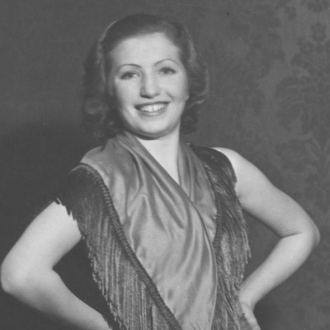
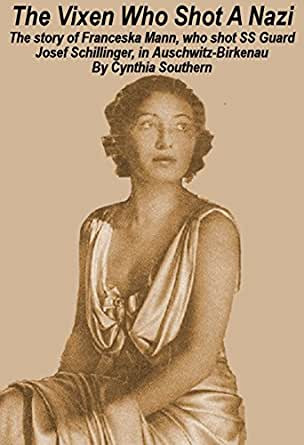
 Amanda S. Stevenson
Amanda S. Stevenson 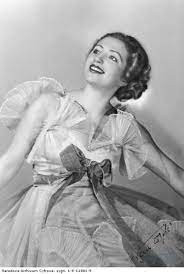
 Amanda S. Stevenson
Amanda S. Stevenson 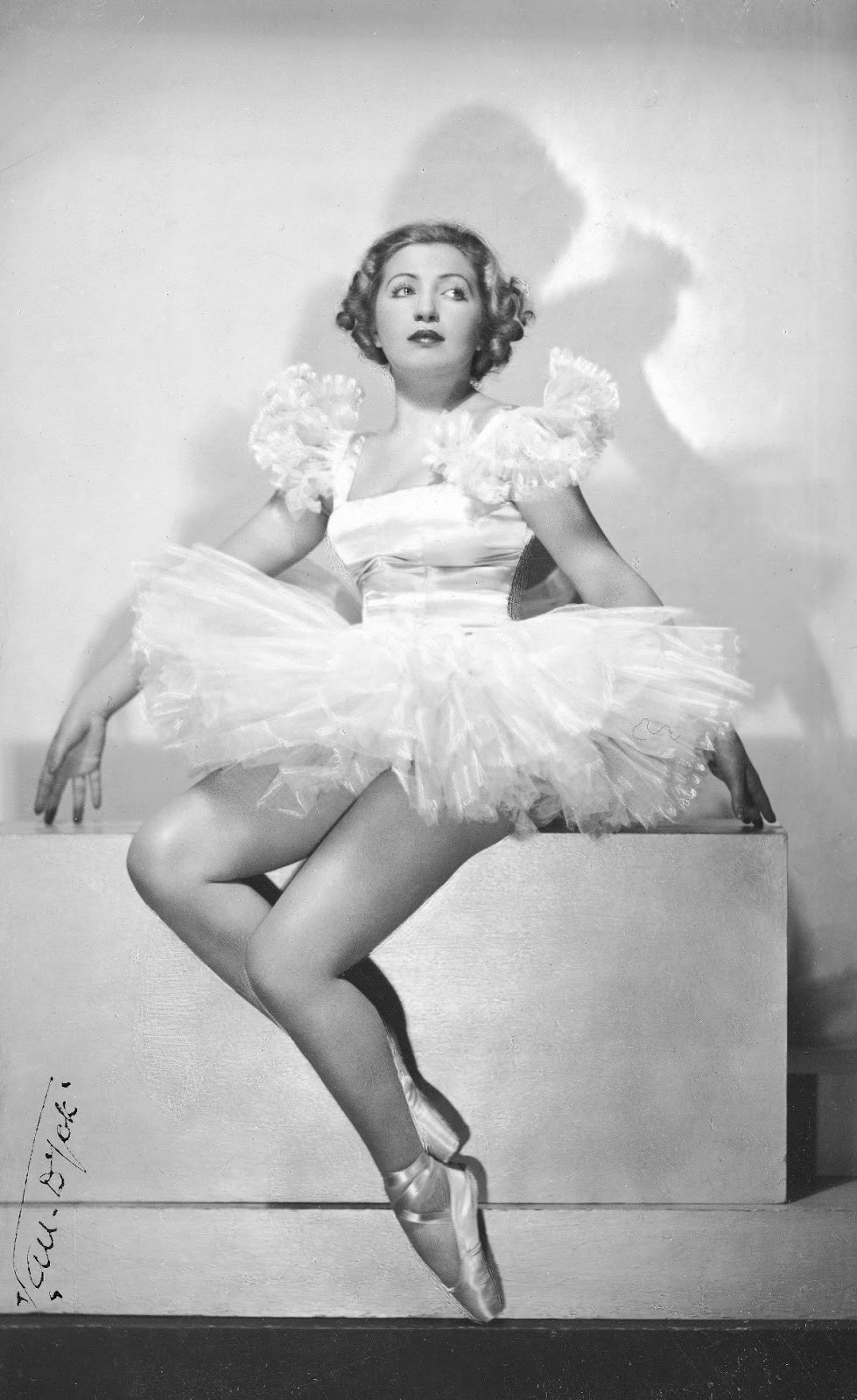
 Amanda S. Stevenson
Amanda S. Stevenson 
 Amanda S. Stevenson
Amanda S. Stevenson 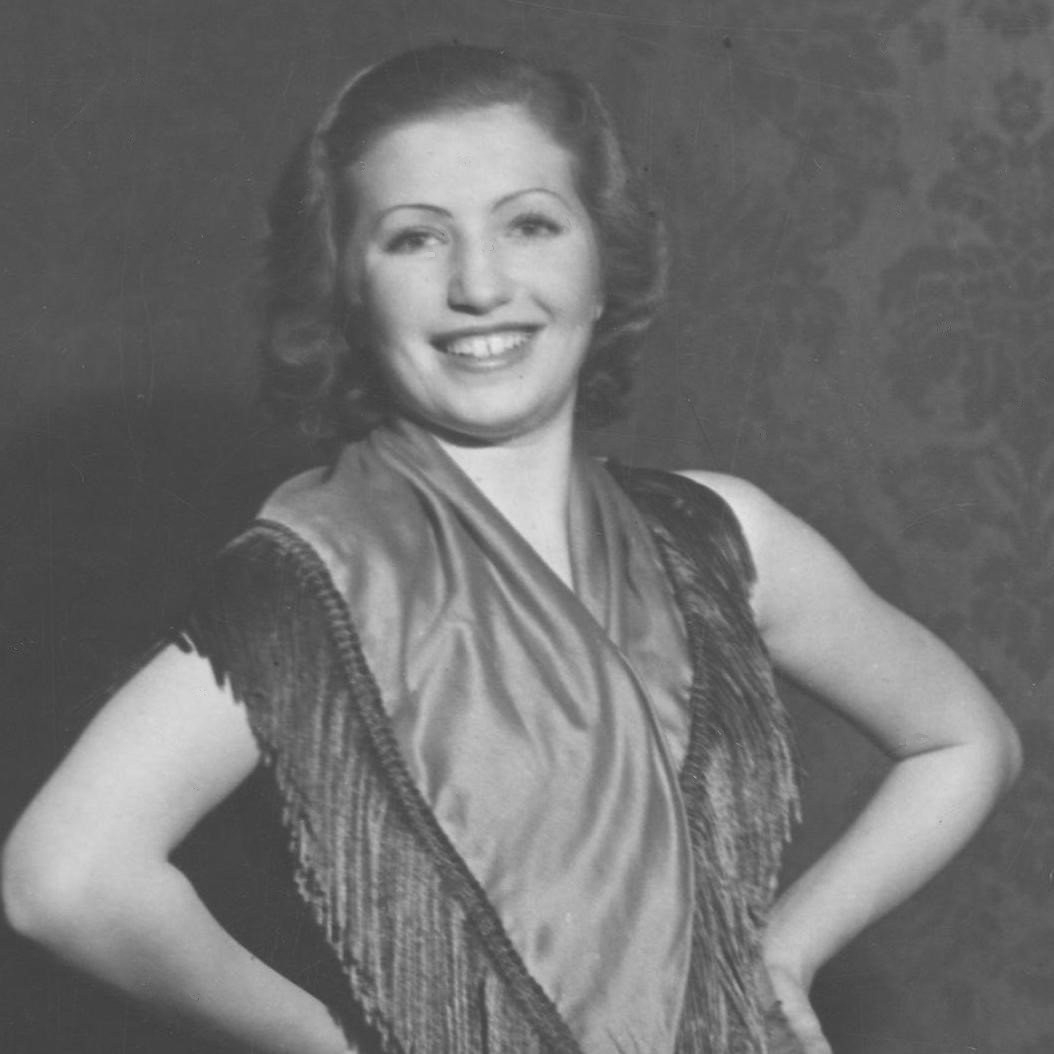
 Amanda S. Stevenson
Amanda S. Stevenson 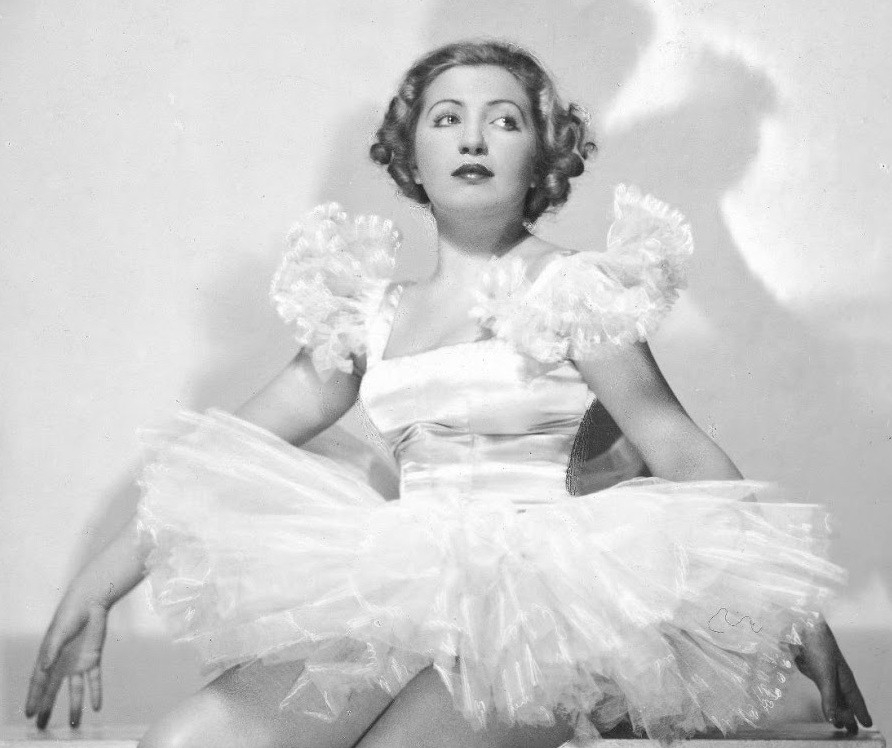
 Amanda S. Stevenson
Amanda S. Stevenson 
